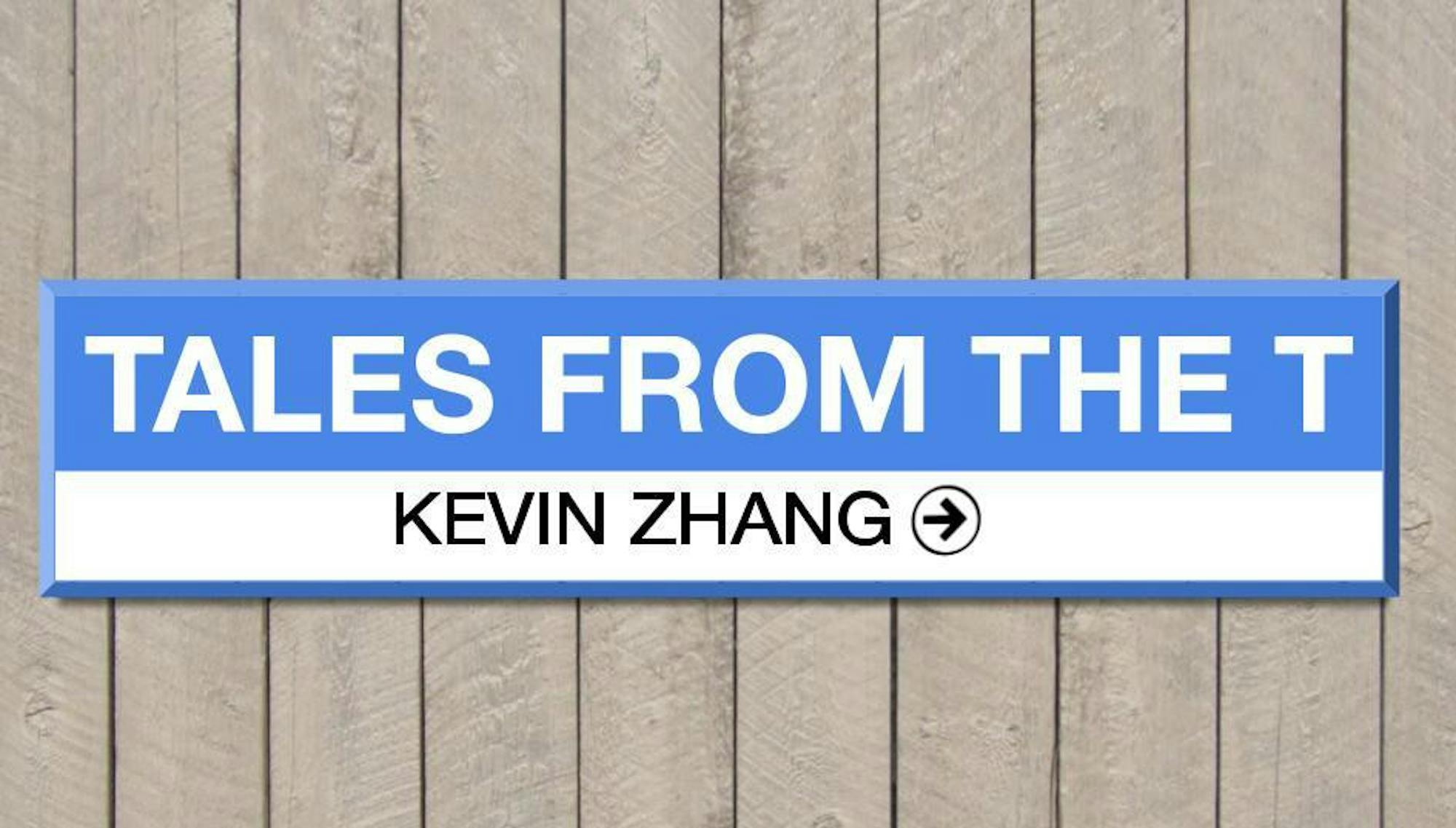In today’s column I’m going to stretch the limits of what can be considered Boston transit by talking about intercity trains. That’s right. Today we’re talking about the national passenger rail operator, Amtrak.
I’m writing this on-board an Amtrak train heading home for Thanksgiving. I’m taking the train home for a couple of reasons. For one, it’s convenient: I can walk directly from downtown to South Station, get on my train 5 minutes before it leaves and step off the train right in midtown NYC — all in four hours, reliably. Try that with flying! For another, it’s comfortable, with generously sized seats, tables and outlets for getting work done and even an on-board café. Taking the train is also, of course, significantly more environmentally friendly than flying or driving. But mostly, I find it’s just relaxing. There’s no stress from traffic jams or TSA queues. Just the quiet, rhythmic rocking of the train and the New England scenery flying by outside the window.
But this isn’t meant to be an ad for Amtrak. (Though if anyone at Amtrak wants to help pay my rent, my DMs are open!) Amtrak service is at its best here in the northeast, but across the rest of the country, it can be … subpar. Service can be spotty, with some stations only served three times a week. This is fine if the station serves a small town but not if said “small town” is Cincinnati! Other cities like Phoenix and Nashville get no service at all.
And then there are the delays. Take, for example, the train I took from San Jose to LA that was 9 hours late. While things rarely get that bad, Amtrak’s already-slow trains are notoriously unreliable due to constant delays. We complain (rightfully) about how European and Asian high-speed trains are superior to Amtrak, but even their regular-speed trains put ours to shame.
So what can be done? Well, a good place to start would be to simply fund Amtrak more. You’ve likely seen Amtrak’s proposed service map released last year, which promised to add oh-so-many new routes if rat daddy Buttigieg and Amtrak Joe would provide that sweet, sweet cash. Amtrak wouldn’t even need to build fancy new lines: Many earmarked routes already have tracks that could benefit hugely from some new trains and basic track upgrades.
Of course, trains are expensive to run — there’s no denying that. But so are our taxpayer-subsidized regional airlines and interstate highways. We pay for these as public services; there’s no reason Amtrak should be different. And if we’re subsidizing transportation anyways, why not invest in more efficient, sustainable and comfortable transportation?
But there’s another freight-train sized elephant in the room. Some context: Outside the Northeast, Amtrak owns very little track and has to pay freight railroads to run over their tracks. In theory, these freight railroads are legally required to allow Amtrak trains on their tracks and to give them priority. In practice, haha — no. Without any actual legal consequences, freight railroads are free to stop Amtrak trains, like my San Jose-LA train, for hours to let their own trains pass. They’ve also resisted Amtrak service expansion. This included fighting a reintroduction of service to the Gulf Coast region with the excuse that the tracks were too busy for a mere two additional trains (Amtrak responded with a hilariously passive-aggressive livestream of the — unsurprisingly empty — tracks).
Don’t get me wrong – freight railroads are vital infrastructure. But more legal accountability is necessary to ensure that freight rail can coexist with passenger rail — or at the bare minimum — not actively sabotage it.
There is hope, though. After months of hearings, Amtrak recently won its battle to return trains to the Gulf Coast, as is their legal right. Hopefully this will set a precedent for holding freight railroads more accountable to their legal obligations to Amtrak. If so, Amtrak will have one less roadblock (railblock?) on its track to building a bigger, better national passenger rail network.






